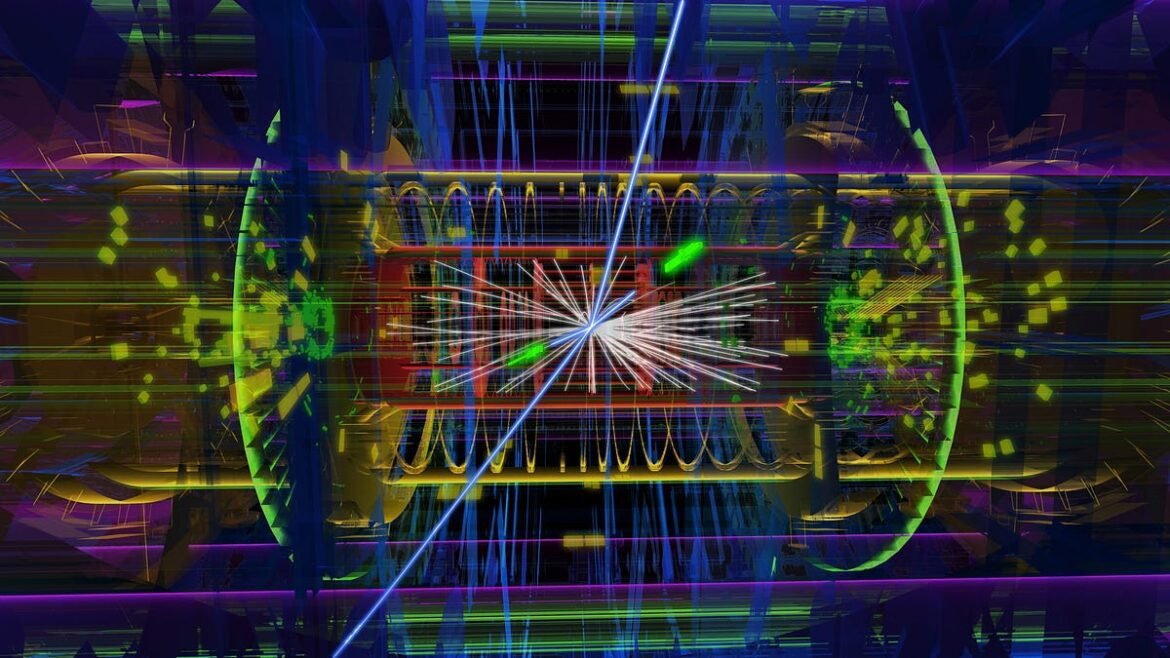In the very early Universe, practically all particles were massless. Then the Higgs symmetry broke, and suddenly everything was different.
In the earliest stages of the hot Big Bang, the Universe was filled with all the particles, antiparticles, and quanta of radiation it had the energy to create. As the Universe expanded, it cooled: the stretching fabric of space also stretched the wavelengths of all the radiation within it to longer wavelengths, which equates to lower energies.
If there are any particles (and antiparticles) that exist at higher energies that are yet to be discovered, they were likely created in the hot Big Bang, so long two things are true:
- that all necessary quantum conservation laws (spin, energy, charge, angular momentum, etc.) are still obeyed, and
- there was enough energy (E) available to create a particle of that particular mass (m) via Einstein’s E = mc².
It’s possible that a slew of puzzles about our Universe, including the origin of the matter-antimatter asymmetry and the creation of dark matter, will wind up being solved by new, yet undiscovered physics at these early times. But the massive particles we know today would all appear foreign to us under the earliest conditions of the hot Big Bang. At these early stages, none of them have any mass at all.
The particles and antiparticles of the Standard Model are easy to create in the early stages of the hot Big Bang, even as the Universe cools and the fractions-of-a-second tick by. The Universe might start of at energies as large as 10¹⁵ or 10¹⁶ GeV; even by time it’s dropped to 1000 (10³) GeV, there’s still enough energy to easily create each and every Standard Model particle and antiparticle. At the energies achievable by the LHC, we can create the full suite of particle-antiparticle pairs that are known to physics, which includes every species of particle described by the Standard Model.

